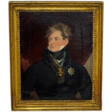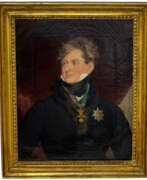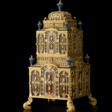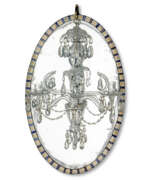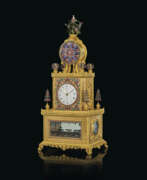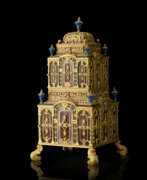Georgian period

Georgian period
The Georgian period, spanning from 1714 to 1830, was a transformative era in British history, marked by the reigns of Kings George I, II, III, and IV. This period was characterized by significant social, political, and cultural changes, laying the foundations of modern Britain.
Culturally, the Georgian era witnessed the emergence of Romantic poets like William Wordsworth, Percy Bysshe Shelley, and Lord Byron, who revolutionized poetry with their vivid language and evocative themes. In the visual arts, painters like Thomas Gainsborough and J. M. W. Turner portrayed the changing world, while architects and designers, including Capability Brown, shaped the distinctive Georgian architecture visible in cities like Bath and Edinburgh.
Politically, the Georgian era was a time of stability, with the Crown depending heavily on Parliament, leading to a limited monarchy. Figures such as Robert Walpole, often regarded as Britain's first Prime Minister, played pivotal roles in this political evolution. This period also saw the rise of the aristocracy and the mercantile and banking elites, who wielded significant power.
The Georgian period also coincided with the start of the Industrial Revolution, which brought about profound social changes and the rise of the British Empire. Major events like the Battle of Plassey in India and the American War of Independence were pivotal in shaping the era's political landscape.
The Georgian period remains a point of fascination for collectors and experts in art and antiques. To stay informed about sales and auction events related to this era, sign up for our updates. Our service offers exclusive insights into a time that significantly influenced British history and culture.
| Country: | Europe, United Kingdom |
|---|---|
| Start of the period: | 1714 |
| End of the period: | 1830 |
